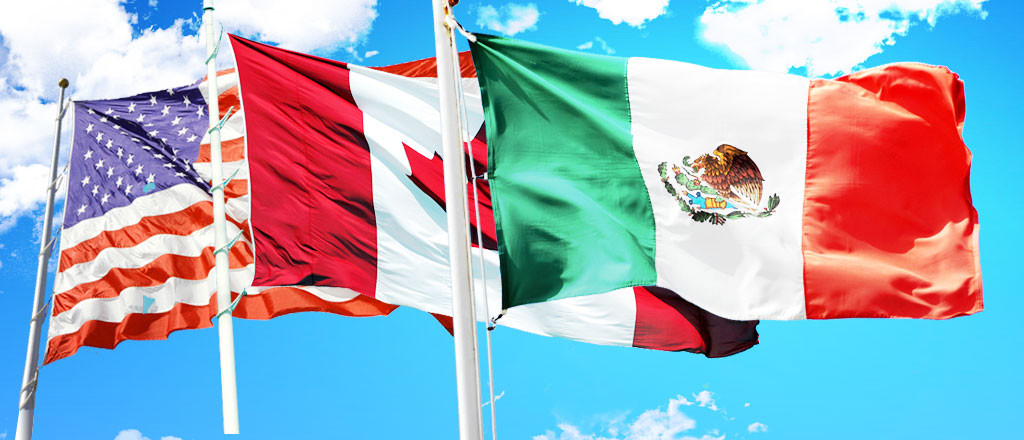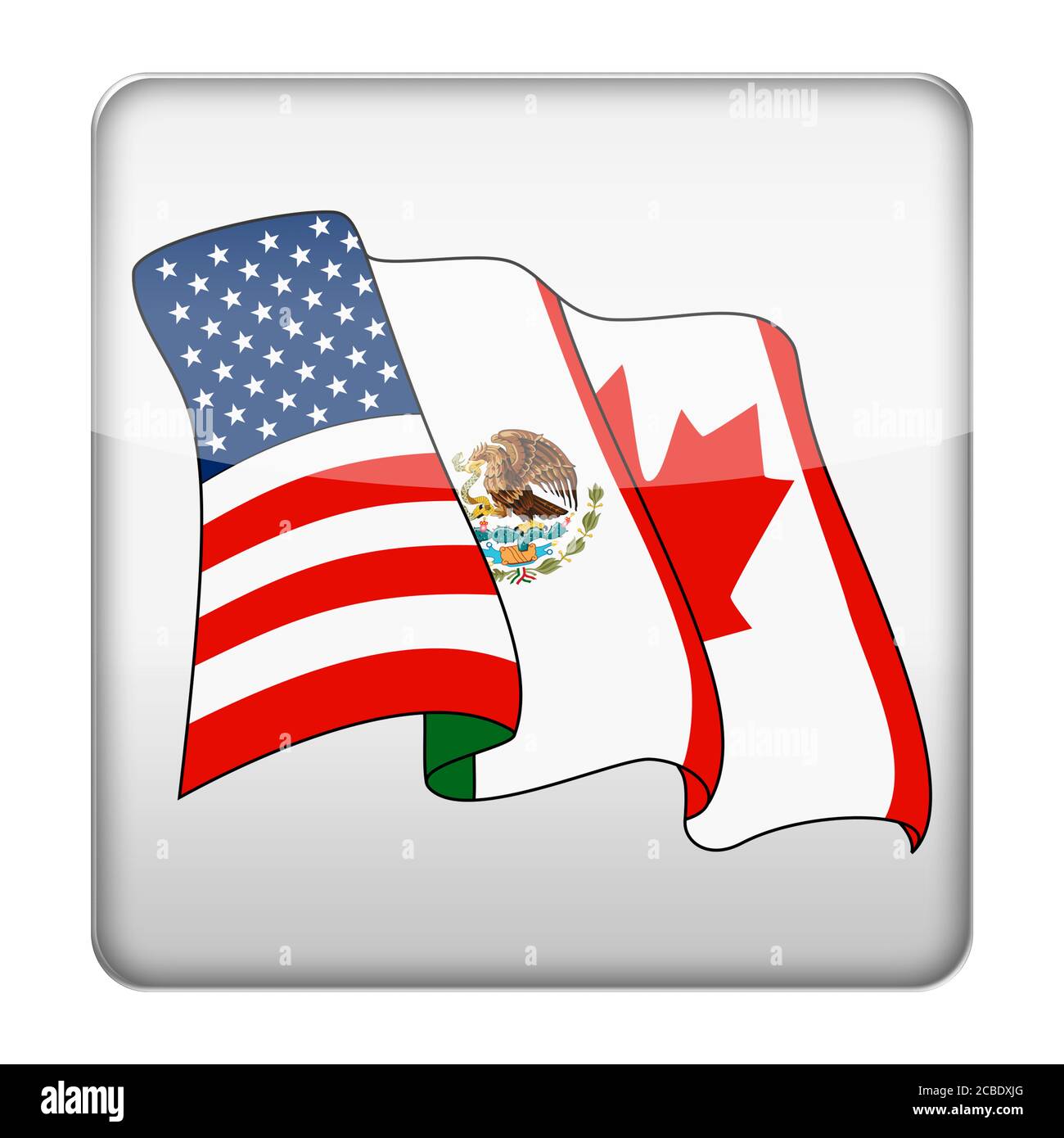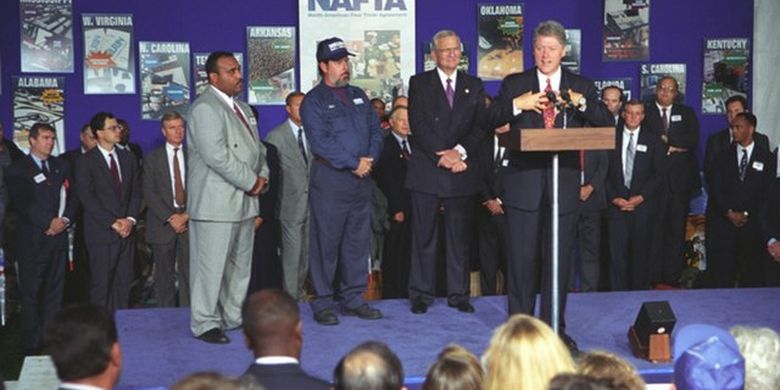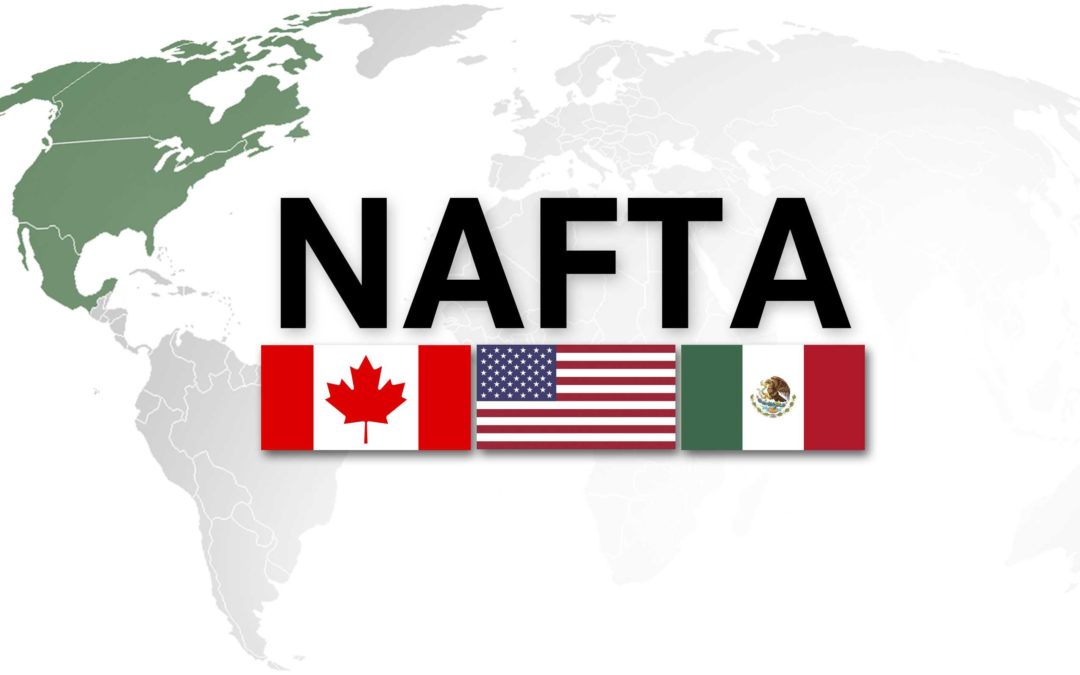
The North American Free Trade Agreement (NAFTA) has been a cornerstone of international trade between the United States, Canada, and Mexico since its inception in 1994. As a pivotal agreement, NAFTA has significantly influenced the economic landscape of the region, fostering a complex web of trade relationships and economic interdependence. In this article, we will delve into the intricacies of NAFTA, its impact on US trade, and the subsequent developments that have shaped the agreement over the years.
What is NAFTA?
NAFTA is a trilateral trade agreement aimed at reducing trade barriers and facilitating the exchange of goods and services among its member countries. The agreement eliminated tariffs on most goods and services, streamlined customs procedures, and established a framework for resolving trade disputes. By creating a large, tariff-free market, NAFTA has enabled the three countries to specialize in their respective areas of comparative advantage, leading to increased economic efficiency and competitiveness.
Key Provisions of NAFTA
Some of the key provisions of NAFTA include:
Tariff Reductions: The agreement eliminated tariffs on most goods and services, making it easier for businesses to export and import products.
Rules of Origin: NAFTA established rules to determine the country of origin for goods, ensuring that only products meeting specific criteria could benefit from tariff reductions.
Dispute Settlement: The agreement established a mechanism for resolving trade disputes between member countries, providing a framework for addressing issues related to trade barriers and unfair trade practices.
Impact of NAFTA on US Trade
NAFTA has had a profound impact on US trade, with both positive and negative consequences. Some of the key effects include:
Increased Exports: NAFTA has led to a significant increase in US exports to Canada and Mexico, with the two countries becoming among the largest export markets for US goods.
Job Creation: The agreement has created new job opportunities in industries such as manufacturing, logistics, and trade services.
Trade Deficit: However, NAFTA has also been criticized for contributing to a trade deficit, as the US has consistently imported more goods from Canada and Mexico than it has exported.
Renegotiation and Replacement: USMCA
In 2017, the US, Canada, and Mexico began renegotiating NAFTA, with the goal of modernizing the agreement and addressing concerns related to trade imbalances and labor standards. The resulting agreement, the United States-Mexico-Canada Agreement (USMCA), was signed in 2020 and has introduced significant changes to the original NAFTA framework. The USMCA includes new provisions related to digital trade, intellectual property, and labor standards, as well as changes to rules of origin and dispute settlement mechanisms.
In conclusion, NAFTA has played a vital role in shaping the economic landscape of North America, with significant implications for US trade. While the agreement has created new opportunities for businesses and contributed to economic growth, it has also raised concerns related to trade deficits and labor standards. As the USMCA comes into effect, it is essential to monitor its impact on US trade and the broader economy, ensuring that the agreement benefits all parties involved and promotes a more equitable and sustainable trade relationship between the three nations.
By understanding the complexities of NAFTA and its successor, the USMCA, businesses and policymakers can navigate the intricacies of international trade and capitalize on the opportunities presented by these agreements, ultimately driving economic growth and prosperity in the region.









:max_bytes(150000):strip_icc()/nafta_definition_final_0916-9e11a7c08ab04b4b9392c8bb0582c305.jpg)